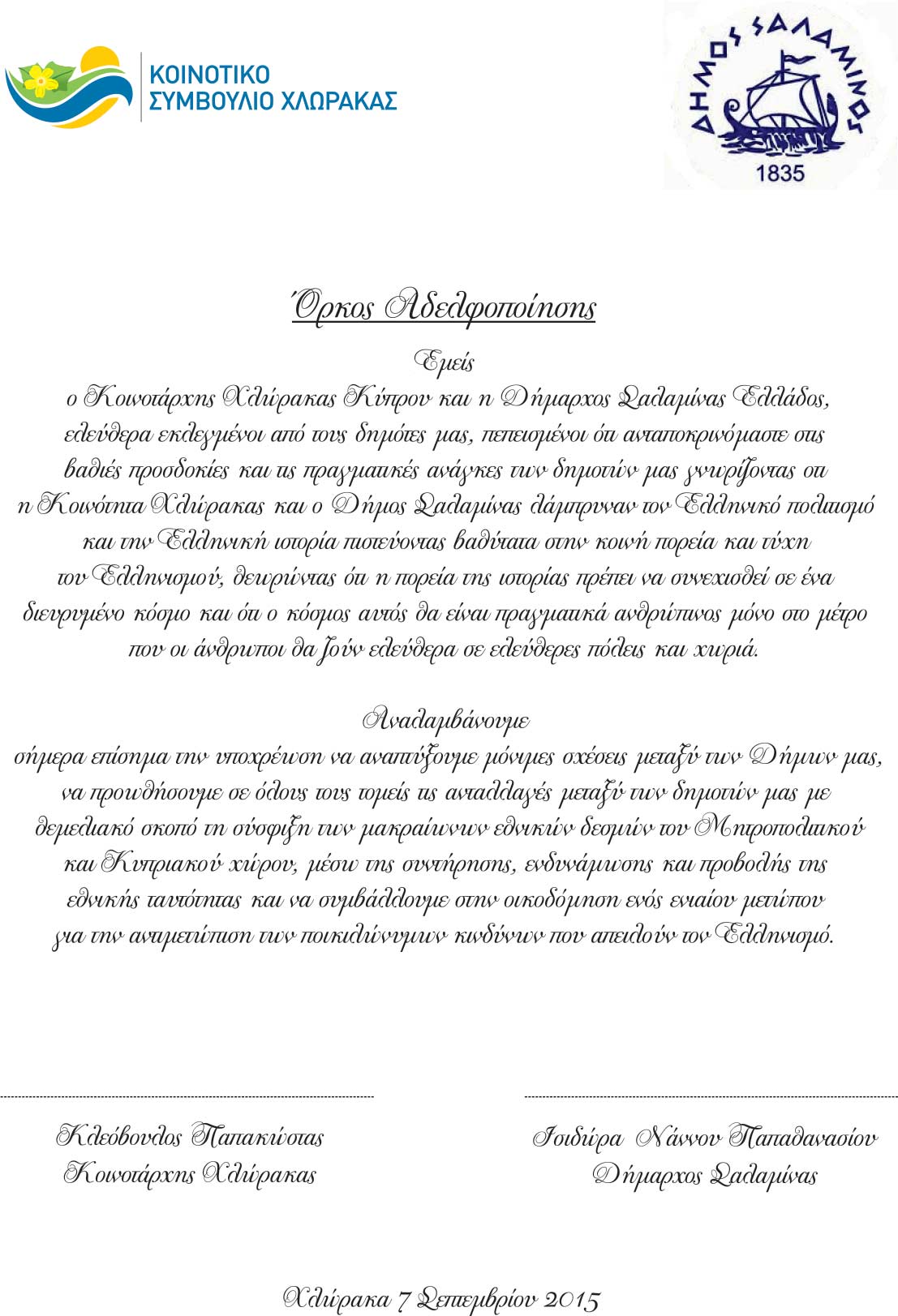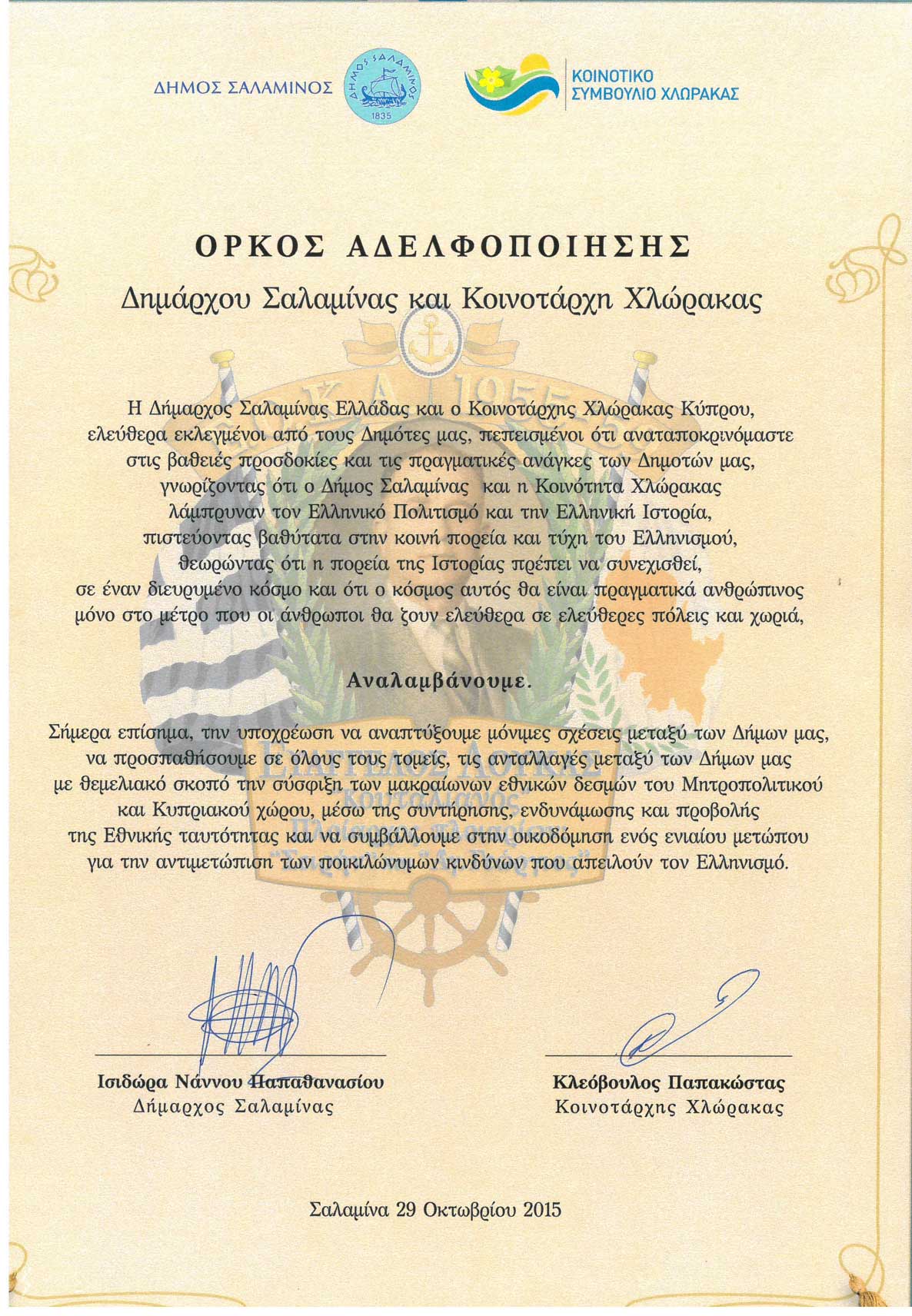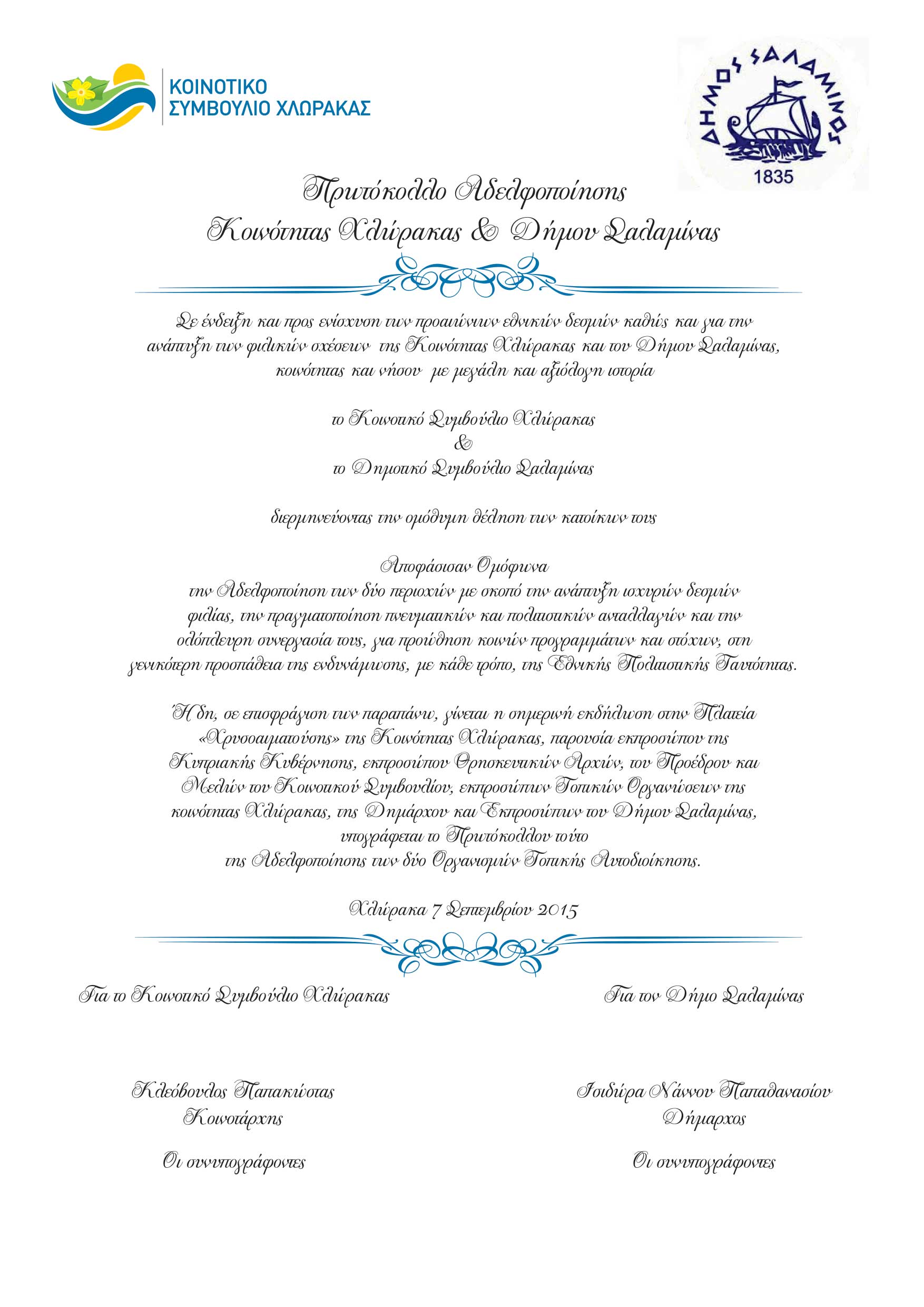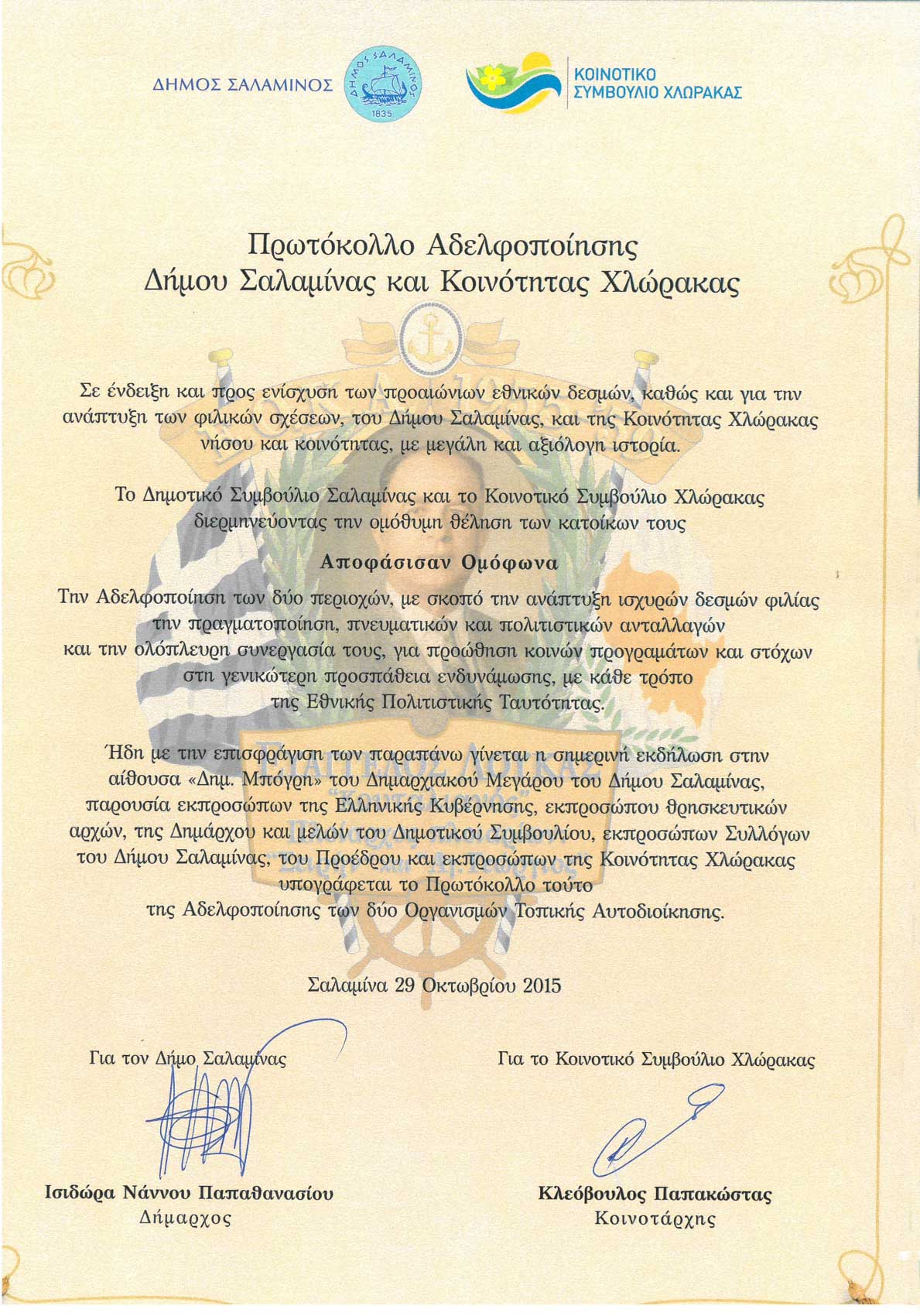What does twinning mean?
Twinning is the coming together of two communities that seek to develop increasingly stronger bonds of friendship between them. It represents friendship, cooperation, and mutual awareness between the citizens of the twinned communities. Twinning can be developed between small villages, towns, cities, countries, or large cities, and it can focus on an extremely broad range of topics, offering many benefits to the communities and municipalities involved. By bringing people together from different places, it provides an opportunity to jointly address problems, exchange views, and understand different perspectives on any issue of mutual interest or concern.
Twinning covers a wide range of topics such as art and culture, sustainable development, social participation, solidarity, etc. It is a long-term commitment between the partners and not a short-term collaboration. It must always survive changes in political leadership and the short-term difficulties of the partners, who are expected to support each other in difficult times. Given that it is a long-term commitment, it is essential to periodically review the cooperation to ensure that it meets current needs and remains effective and dynamic.
Also important is the dual commitment required for successful twinning, that of both the local authorities and the citizens. Twinning cannot exist without the active participation of citizens. This dual nature often requires the establishment of a twinning committee, which includes both local officials and citizens.
Salamina:
Salamina, with its capital of the same name, is the largest island in the Saronic Gulf and the closest to the coasts of Attica, with a population of 40,000. According to mythology, it got its name from the nymph Salamina, who was married to Poseidon, the god of the sea. It is the homeland of King Ajax of Telamon and the tragic poet Euripides. The famous Battle of Salamis took place there in 480 BC, where the ancient Greeks halted the Persian Empire’s advance into Europe. The legendary fighter of the Greek Revolution, Georgios Karaiskakis, had his headquarters on the beach of Salamina.
In the Trojan War, Ajax participated with his brother Teucer. After Ajax’s death in Troy, Teucer returned to Salamina, but his father, Telamon, angrily exiled him from the island for not avenging his brother’s death and not bringing back his remains. Teucer and his companions sailed to the eastern shores of Cyprus, where he founded a city, which he named Salamina in memory of his homeland. This city later became known as Constantia, located near the present-day occupied area of Famagusta.
Chloraka:
Chloraka is a village in the Paphos district of Cyprus. According to the 2011 census, it had 5,356 inhabitants. It is located to the northwest of the city of Paphos, about one kilometer away. It is close to the sea and is the continuation of older settlements in the area that disappeared over time. Pre-Christian tombs, known as “Ellinospilioi,” and various archaeological artifacts, such as stone tools, axes, and pottery fragments found on the surface of the ground, testify to an ancient settlement dating back to the mid-4th millennium BC.
The village was named Chloraka due to the rich flora that once existed there, making the area lush and green all year round. Chloraka became famous in Cyprus and Greece primarily because, on a fall night in 1954, Georgios Grivas Digenis landed there and began organizing EOKA for Cyprus’ liberation.




